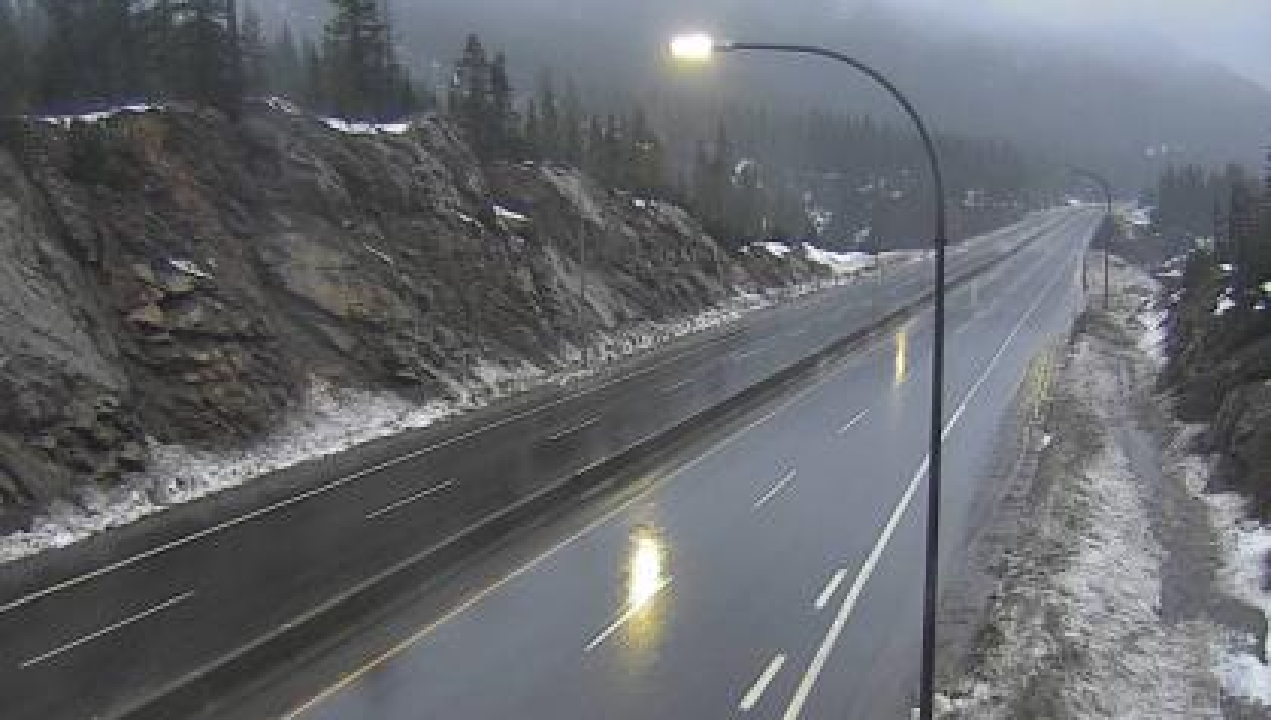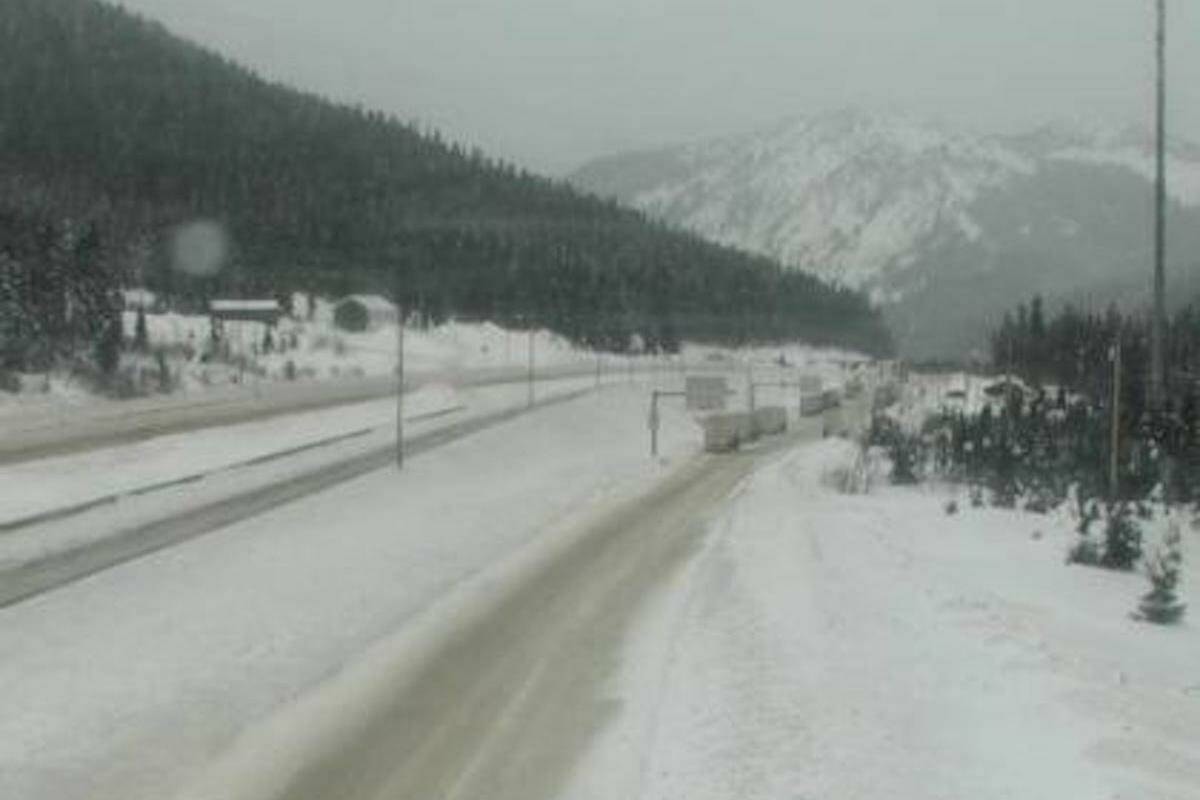Coquihalla weather cameras offer a crucial real-time perspective on conditions along this challenging British Columbia highway. These cameras provide drivers with invaluable visual information, supplementing traditional weather forecasts and road reports. Understanding how to access and interpret these feeds can significantly enhance safety and travel planning for those navigating this mountainous route, known for its unpredictable weather patterns.
The system utilizes advanced technology to capture and transmit images from strategically placed locations along the Coquihalla Highway. The resulting live feeds showcase various weather phenomena, including snowfall, ice accumulation, fog, and visibility, enabling drivers to make informed decisions about their journeys. This visual data is particularly beneficial during winter months when severe weather events can cause significant disruptions.
Coquihalla Highway Weather Cameras: A Comprehensive Guide
The Coquihalla Highway, a vital transportation artery in British Columbia, Canada, presents unique challenges due to its mountainous terrain and unpredictable weather. Real-time weather information is crucial for safe and efficient travel along this route. This guide explores the functionality of Coquihalla weather cameras, how to interpret their feeds, and how this technology complements other weather information sources to enhance travel planning and safety.
Coquihalla Highway Overview

The Coquihalla Highway (Highway 5) traverses the rugged Coquihalla Mountains, characterized by steep grades, numerous tunnels, and exposure to various weather elements. The highway experiences significant variations in weather conditions throughout the year, ranging from heavy snowfall and icy conditions in winter to intense heat and wildfire risks in summer. Accurate, real-time weather data is paramount for drivers to make informed decisions, ensuring their safety and preventing delays or accidents.
The unpredictable nature of mountain weather, including sudden snow squalls, fog, and rapidly changing temperatures, makes real-time monitoring essential.
Functionality of Weather Cameras
Coquihalla weather cameras are strategically positioned along the highway to provide continuous visual updates on current weather conditions. These cameras utilize high-resolution imaging technology, often equipped with features like infrared capabilities for enhanced visibility in low-light conditions or snow. Images are transmitted via dedicated communication networks, typically utilizing cellular or microwave technology to overcome the challenges of remote locations.
The transmitted images display a range of weather information, including snowfall intensity (light, moderate, heavy), presence of ice, visibility levels (clear, reduced), and overall road conditions (wet, dry, snow-covered).
Accessing and Interpreting Camera Feeds, Coquihalla weather camera
Live feeds from Coquihalla weather cameras are readily accessible online through various websites maintained by the Ministry of Transportation and Infrastructure or other transportation agencies. To access these feeds, users simply need to visit the designated website and locate the camera views along the desired section of the highway. Interpreting the camera feeds requires careful observation of several factors: snow accumulation on the road surface, visibility range, and the presence of any hazards.
For example, reduced visibility indicates potential need for caution, while heavy snow accumulation might suggest the need to delay travel.
| Weather Condition | Image Description | Potential Hazards | Driving Advice |
|---|---|---|---|
| Heavy Snowfall | Whiteout conditions, limited visibility, snow accumulating on the road. | Reduced visibility, slippery roads, potential for accidents. | Avoid travel if possible, use extreme caution if necessary. Equip vehicle with winter tires and chains. |
| Black Ice | Road surface appears dark and glossy, no visible snow or ice. | Extremely slippery conditions, high risk of accidents. | Drive slowly and cautiously, increase following distance. |
| Light Snow/Rain | Light snow or rain visible, road surface mostly clear. | Slightly reduced traction, potential for aquaplaning. | Reduce speed, maintain safe following distance. |
| Clear Skies | Good visibility, dry road surface. | Minimal hazards. | Drive normally, observe speed limits. |
Comparison to Other Information Sources

While weather cameras provide real-time visual information, they are most effective when used in conjunction with other sources like weather forecasts and official road reports. Weather forecasts offer predictive information about upcoming conditions, while road reports provide summaries of current road closures, advisories, and travel conditions. Weather cameras offer a visual confirmation of these reports, providing a more comprehensive picture.
The limitations of weather cameras include their limited geographical coverage and the potential for temporary outages.
Impact on Travel Planning and Safety
Real-time weather camera images significantly influence travel decisions, allowing drivers to assess road conditions before embarking on their journey. This information is critical in enhancing road safety by allowing drivers to adjust their travel plans or prepare for challenging conditions. Access to real-time images can prevent accidents by allowing drivers to anticipate hazards and take appropriate precautions.
- Check weather camera feeds before starting your journey.
- Adjust your driving speed according to road conditions.
- Ensure your vehicle is equipped with winter tires and chains if necessary.
- Carry emergency supplies, including food, water, and blankets.
- Inform someone of your travel plans and expected arrival time.
Technological Aspects and Future Improvements

Current technological limitations include the potential for poor image quality due to weather conditions (e.g., heavy snow, fog) or equipment malfunctions. Future improvements could involve the use of advanced sensor technologies, providing data on road surface temperature, ice detection, and improved image processing algorithms. Integration with other transportation management systems could provide a more comprehensive and dynamic approach to managing traffic flow and ensuring safety on the Coquihalla Highway.
Monitoring the Coquihalla Highway’s weather conditions is crucial for safe travel, often relying on dedicated weather cameras. For a different perspective on live weather feeds, consider checking out the port dover live camera , which offers a coastal view. Returning to the Coquihalla, real-time camera images provide drivers with invaluable information about current road conditions, ultimately enhancing safety.
Visual Representation of Weather Conditions
- Heavy Snow: Limited visibility, whiteout conditions, heavy snow accumulation on the road surface. Light is diffused, shadows are minimal.
- Light Snow: Moderate visibility, light snow falling, road surface partially covered. Shadows are more visible.
- Rain: Visibility is generally good, road surface appears wet and dark. Shadows are visible.
- Fog: Visibility is significantly reduced, everything appears hazy and indistinct. Light is diffused, shadows are minimal or absent.
- Clear Skies: Excellent visibility, road surface is dry. Shadows are clearly defined.
- Black Ice: Road surface appears deceptively dark and glossy, with no visible snow or ice. This is extremely hazardous as it is difficult to detect visually.
In conclusion, the Coquihalla weather cameras represent a significant advancement in highway safety and travel planning. By providing real-time visual information, these cameras empower drivers to make informed decisions, mitigating risks associated with unpredictable mountain weather. While supplementary to other weather resources, the immediate visual confirmation offered by the cameras provides an irreplaceable layer of situational awareness for anyone traveling the Coquihalla Highway.
Continued technological advancements promise even greater accuracy and coverage in the future, further enhancing safety and efficiency along this vital transportation corridor.
FAQ Summary: Coquihalla Weather Camera
How often are the Coquihalla weather camera images updated?
Update frequency varies depending on the specific camera and network conditions, but generally, images refresh every few minutes.
Are the cameras operational 24/7?
Yes, the cameras are designed for continuous operation, providing round-the-clock coverage.
What should I do if a camera feed is unavailable?
Check alternative sources of weather information, such as official road reports and weather forecasts, before traveling.
Monitoring the Coquihalla Highway’s weather conditions is crucial for safe travel, and real-time feeds from weather cameras are invaluable. For a broader perspective, however, one might consider utilizing aerial footage, perhaps captured by a high-quality drone such as the black falcon 4k drone canada , to provide comprehensive views of the affected areas. This supplementary data could then be integrated with the existing Coquihalla weather camera system to improve overall situational awareness.
Can I access the camera feeds from a mobile device?
Yes, the feeds are typically accessible through web browsers on smartphones and tablets.
